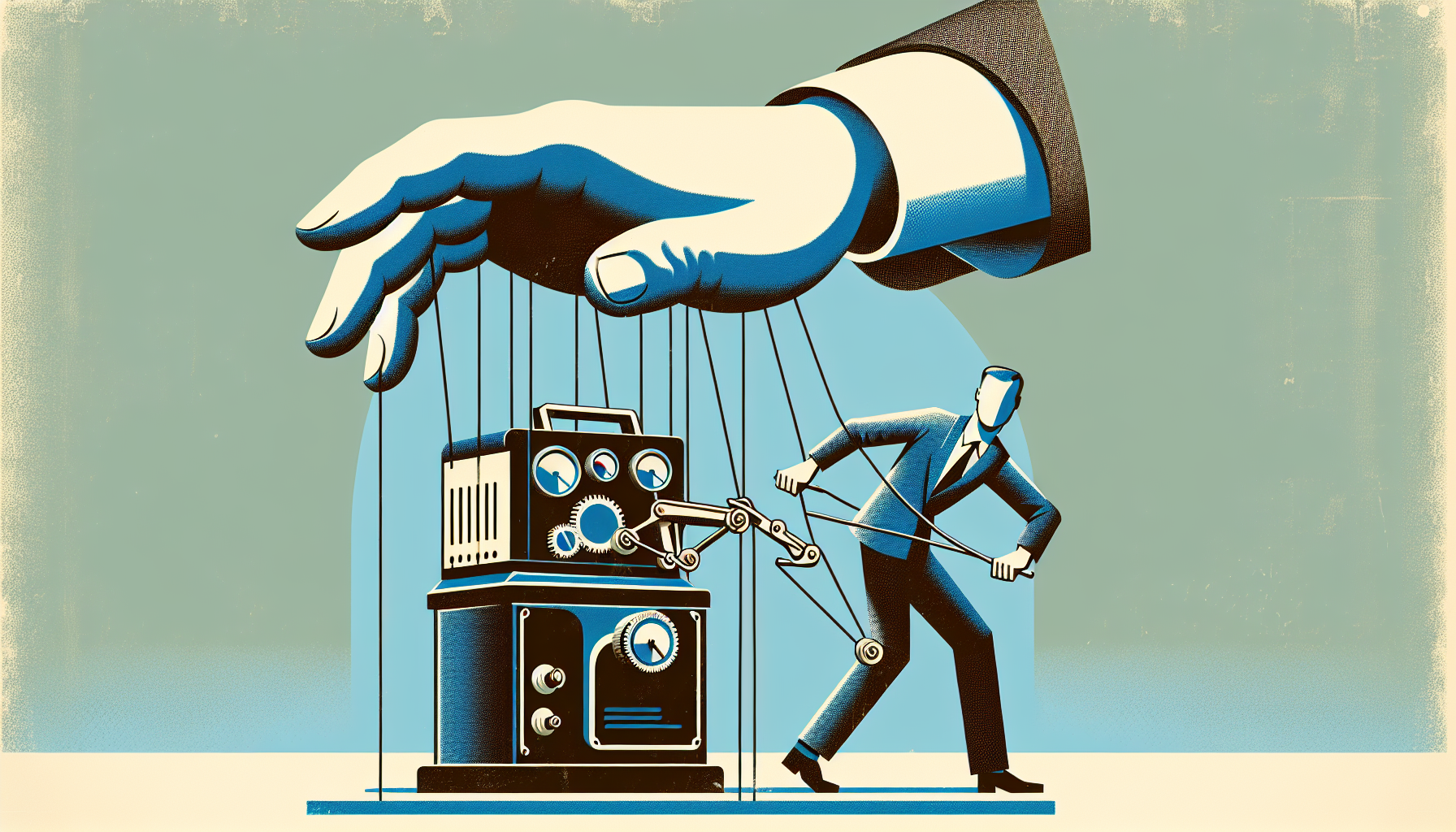They say you never really know yourself until you try to teach someone else. If that’s the case, humanity must be deep into an existential crash course—we’re trying to teach machines to act, speak, and (sort of) think like us. The rise of artificial intelligence, especially the kind that can play chess, write poems, or recommend the perfect cat video, has prompted a fair bit of excitement. But if we’re honest, AI’s strangest and most profound role may simply be holding up a mirror to us—in a way no other invention ever has.
More Than Metal and Math
When we talk about AI, especially the advanced stuff, it’s easy to get wrapped up in futuristic daydreams or doom-laden predictions. Will AI save us from drudgery? Will it outsmart and overthrow us? Sci-fi loves those questions. But in all the excitement, we might miss an even simpler truth: artificial intelligence is, above all, an extension of ourselves. It is built from our questions, shaped by our priorities, and oiled by our biases.
Designing AI starts with a deceptively innocent question: “What does it mean to be human?” After all, to make something ‘intelligent’ (even artificially), we must first agree on what intelligence really is. Is it logic? Creativity? Empathy? The ability to play Go on expert mode, or to recognize sarcasm when your friend says, “Nice job”? Every answer we choose helps define the futures we build.
In trying to make AI ‘smart,’ we’re forced to draw boundaries around our own humanity.
Mirror, Mirror: The Real Reflection
AI doesn’t just reflect the best in us—the ingenuity, the curiosity, the urge to connect. It also faithfully replicates our flaws, blind spots, and hidden assumptions. Left unchecked, algorithms trained on human data learn quickly—sometimes too quickly—that we’re not always rational, fair, or consistent.
Why does AI recommend certain candidates for jobs over others? Because we’ve trained it on our own hiring practices, warts and all. Why do speech generation models sometimes produce biased or downright offensive content? Because that’s what they’ve found in the human-authored data we feed them, often without realizing how much baggage comes along.
It’s tempting to treat these problems as technical glitches. “Fix the data, patch the code, and all will be well.” But the uncomfortable truth is that every AI mistake is a hyper-precise echo of our own imperfections. AI misbehaves because we do.
What We Choose to Teach
Here’s a curious question: what do we decide to teach AI, and what do we leave out? We train models to understand language, recognize faces, diagnose disease, and forecast the weather. But we also teach AI what not to see—either by omission or through explicit rules.
Consider empathy. While we can try to mimic emotional intelligence in machines, true empathy involves lived experience, vulnerability, and a kind of messy, unpredictable understanding. We can model affection, but can we encode the ache of longing? Or the quiet joy of helping a friend for no reason at all? By setting the boundaries of what AI should learn, we unintentionally put our values—and sometimes our insecurities—on full display.
Then there’s the matter of creativity. When AI paints a picture or writes a story, is it creating, or just remixing what it’s seen? When it composes music, is it hearing the soul behind the notes? Our attempts to answer these questions betray how little we understand our own creative sparks. In arguing with ourselves about whether AI can truly be creative, we’re also arguing about the mystery of human creativity.
Projection and Paranoia
Let’s be honest—AI’s rise has given us a fresh target for our greatest hopes and deepest fears. Perhaps more than any previous tool, AI amplifies our habit of projection. We dream of wise robot helpers, then flip to fearing that machines will become tyrants. Sometimes, these hopes and fears say more about us than about the technology itself.
Our fear of losing control says a lot about how much value we place on autonomy—even if, most days, we’re not really sure what to do with all that freedom. Our excitement at the thought of AI-based cures for disease, personalized learning, and safer roads reminds us of our optimism and resourcefulness. But our suspicion that machines might one day “outgrow” us reveals a unique human blend of pride and insecurity: we love to create, but fear being surpassed.
The Call to Know Ourselves
In ancient times, oracles inscribed, “Know thyself” above their doorways. Today, even as we build machines to answer our every question, that old command rings louder than ever. For every line of code, every dataset, every ethical dilemma in AI development, we’re being called to reflect—on what we value, what we fear, and what we dream.
Self-understanding may be the greatest gift AI can offer us. As we watch machines stumble through the complexities and contradictions of being “human,” we’re forced to ask ourselves what rules we live by—or break. What do we truly want from our creations? From ourselves? If we find bias in the AI, it’s time to look for bias in ourselves. If we discover creativity in the AI, perhaps it’s time to re-examine what that spark really means.
Conclusion: The Mirror’s Invitation
So here we are, teaching machines to be like us, only to realize we often don’t agree on what that means. AI, in trying to imitate us, ends up laying bare the messiness of our minds and the richness of our contradictions. Instead of searching for a perfect “artificial” intelligence, perhaps we’d do well to ponder our own imperfect one.
AI doesn’t just reflect human nature—it refracts it, puzzles over it, and quietly hands it back for our inspection. The mirror isn’t always flattering, but it’s honest. And, with a little humility (and maybe a few software updates), we might just learn to look ourselves in the eye.

Leave a Reply